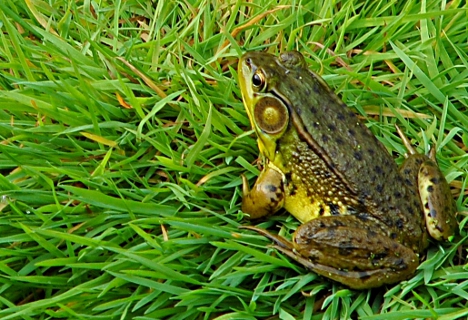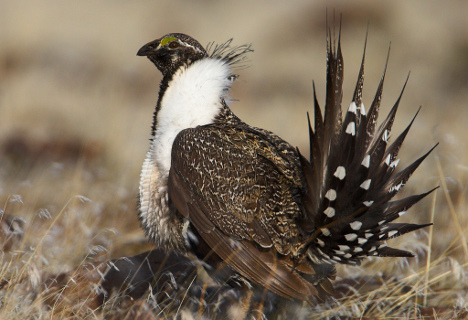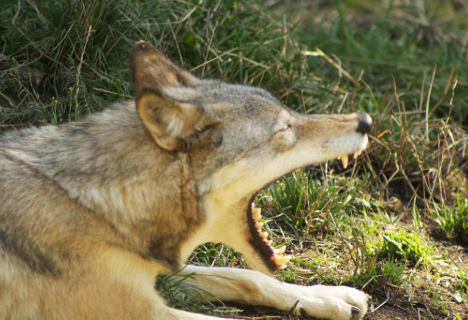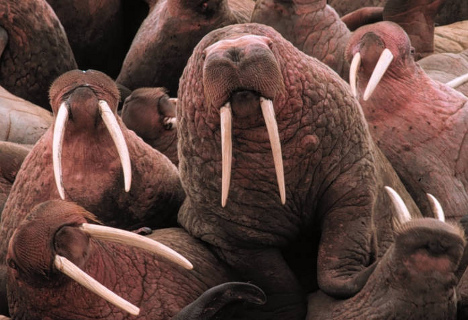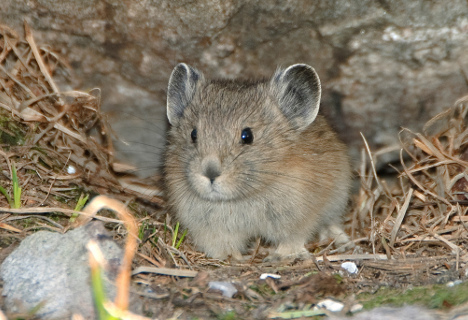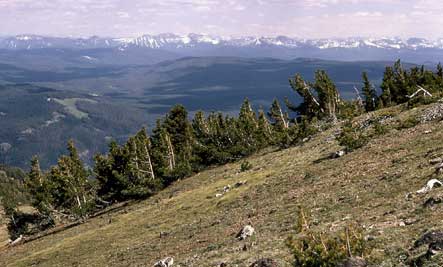Dogs are responsive. You talk, tails go into a wagging frenzy! Fish, not so easy. It is not like we get the frequent opportunity to really interact with them – and for anyone who has seen a goldfish repetitively doing the rounds in its bowl, it is easy to buy into the old adage that fish have only a three-second memory.
Research may suggest the possibility that a fish circles its bowl because it really is just impossibly bored, not because it does not remember that it just did it again and again and again. What does Dr. Kevin Warburton, adjunct researcher with Charles Sturt University’s Institute for Land, Water and Society, have to say about the three-second memory of a fish? “Rubbish!”
Warburton, who has been studying fish behaviour for years says, “There’s been a lot of work done over the last 15 years on learning and memory in fish and it has been found that fish are quite sophisticated. Fish can remember prey types for months; they can learn to avoid predators after being attacked once and they retain this memory for several months; and carp that have been caught by fishers avoid hooks for at least a year. That fish have only a three second memory is just rubbish.”
Some of Dr Warburton’s experiments have been on how fish learn to handle different types of prey. “What came out, unexpectedly, was that while they were learning about their prey, their foraging efficiency went down,” he said. “With one type of prey, the fish got more and more efficient at catching their food, but when we put two different types of prey in together, their overall efficiency dropped. We think it was because of they suffered from divided attention. It’s a cost of learning.” Did you hear that? Learning.
Another example of fish memory was that some fish avoid predators after being attacked once, a memory which can be retained for several months, not just three seconds. Warburton said fish also exhibit behaviours that we tend to think as human.
“Some behavioral traits that we think are very human, such as deception, fish have as well,” said Warburton. “Fish can recognize other individuals and modify their own behaviour after observing interactions between other individuals. For example Siamese fighting fish will attack other members of the same species more aggressively if they have seen them lose contests with other fighters.”
Dr Warburton said that fish also check out suspected predators to gauge the level of potential threat. “For added safety, they often do this as cooperating pairs, with the two fish taking the lead alternately,” he said. “They will approach predators most closely when they have cooperated in previous inspections.”
In reef environments, “cleaner” fish remove and eat parasites from larger “client” fish. “But what’s fascinating is that they cooperate more with clients when they are being observed by other potential clients,” said Dr Warburton. “This improves their “image” and their chances of attracting clients. Some cleaners cooperate with small clients to raise their image so as to deceive larger clients, which they then cheat on by biting them rather than removing their parasites!” Pretty industrious.
So next time someone tells you you have the memory of a goldfish? You be sure to remember to tell them about this research.
Adapted from an article from Animal Planet


